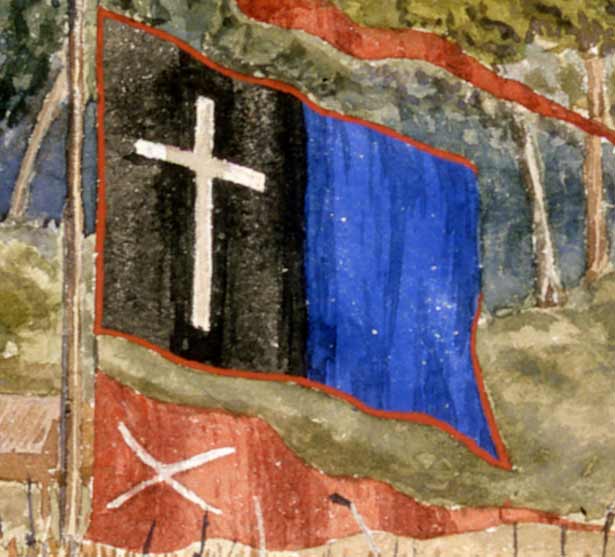
Spiritual beliefs have long been central to Māori culture. In the 19th century Christianity offered Māori new beliefs. Some Māori adopted Christian forms of worship. Others merged traditional and Christian practices into entirely new systems of belief. In 1862 a new religious faith, Pai Mārire grew out of the conflict over land in Taranaki. It influenced the development of other Māori religious movements, some of which survived into the 21st century.
Pai Mārire was the first organised expression of an independent Māori Christianity. Maori leader Te Ua Haumēne based the new religion on the principle of pai mārire – goodness and peace. He called his church Hauhau: Te Hau (the breath of God) carried the news of deliverance to the faithful. The terms Pai Mārire and Hauhau became interchangeable as labels for those who followed this religion.
Pai Mārire disciples travelled around the North Island in the mid-1860s. Against a backdrop of war and land confiscations, the founding principle of Pai Mārire was often subverted by violent elements. For most Europeans, Pai Mārire very quickly became synonymous with violence. It was seen as a fundamentally anti-European movement.



